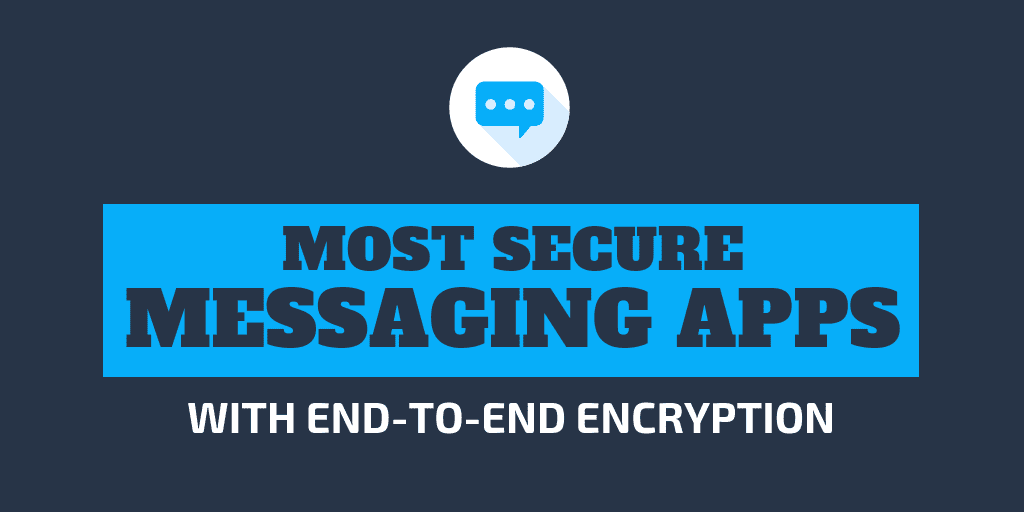Everyone must determine what the existing information cybersecurity and security industry look like. With this in mind, we have brought to you some of the most shocking and alarming cyberattack stats to offer you an idea of the number of cyberattacks happening globally.
Did you know that some of the most sought-after mobile app categories accountable for the increase in mobile cyberattacks are games (18.97%) and personalization or tools (22.32%)? Others are composed of media players (9.23%), communications (9.72%), and shopping/entertainment (15.76%).
Reports also found out that 83% of companies claim that their company was at risk of mobile threats. Stats on how many cyberattacks take place every day go further to inform you that mobile fraud has risen by over 600% between 2015 and 2020.
In 2015, the annual cost of a cyberattack was set at three trillion dollars, according to cyber attacks on businesses statistics. In 2019, the average cost of cyberattacks was set at 3.92 million dollars, and the average cost per second stolen was $141.
Nevertheless, in nations like the United States, the standard cost of a single record leaps to at least $225.
In 2018, 4.5 million of every DDoS attack globally came from China. You see, stats of cyberattacks in the globe go further to tell you that Russia and the United States had 1.5 million and 2.7 million, accordingly.
China had a 62.97% and 58.46% share of the overall global DDoS attacks in the third and fourth quarter of 2019.
When we talk about DDoS attacks, the telecommunications sector stays as the most hit industries. Remember that a direct DDoS attack on a telecommunication company can lower network capacity, degrade operational performance, boost traffic exchange cost, interrupt service accessibility, and often bring down internet access.
The number of DDoS attacks in 2019 raised by 180% compared to last year, with over two-thirds of those attacks directed at the telecommunications sector.
The lowest point takes place up to fourteen market days after a breach. Payment and finance firms saw the biggest drop in share performance after a breach.
In case you didn’t know, a hundred thousand new malware are being made regularly that ranges from spyware, Trojans, adware, and viruses, among others. Their goal is to steal your data.
Based on a cyberattacks statistics, that is up from 71% documented in 2018. Nearly all hacks nowadays are financially encouraged, from stealing people’s bank account details to social security numbers, down to ransomware attacks. Only a few are performed because of grudges and other reasons.
For countries like the United States, a data breach’s standard price can reach approximately $8.2 million. On the other hand, organizations such as Equifax have shelled at least $2 billion resolving a data breach in its database in 2017. That offered cyber offenders the access to steal millions of customer information.
Between March 9 and April 6, 2020, more than three hundred thousand COVID-19 keyword-related malicious domains were registered on the World Wide Web.
Hackers globally are on the lookout for new ways to extort their victims. Web spamming is one of the common tactics they use. This scenario is when a website owner tries to outsmart Google in a bit to get their malicious websites ranked high in the SERP for increased traffic.
Statistics on cyberattacks show that hidden text, cloaking, content stuffing, and keyword stuffing were the most utilized web-spamming tactics by hackers. Their strategies have moved up a notch these days because of the innovations in search engine algorithms.
Such malicious sites adopt attempts such as overly Linky footers and low-quality guest posting to bypass Google rankings.
Did you know that $11.5 billion was the overall cost of ransomware attacks globally as of 2019? The raised frequency of these attacks now guarantees there’s a ransomware attack somewhere online every fourteen seconds.
In 2020, twenty-seven percent of every malware accident now included ransomware. That’s up from the twenty-four percent documented in 2019.
Thwarting phishing attacks comes down to user understanding and user behavior. It’s considered the ideal way to safeguard a business against some of the typical hacking tactics.
As if the COVID-19 was not frightening enough, cyber hackers leveraged the chance to attack vulnerable networks as office work shifted to personal homes. The US FBI documented 12,377 covid-related scams as of this summer.
Cyber hackers and criminals will infiltrate your organization through your weakest link, nearly never in the IT department.
Fifty-four percent of organizations found out they have encountered one or more attacks within the last twelve months.
Eighty-three breaches were connected to IT or hacking incidents, and 9,662820 records were exposed.
There’s no doubt that the cybersecurity sector is quickly growing each day. However, the sector’s nature still has a long way to go before catching up with these threats. That’s especially true even though more resources are being used to fight cyberattacks.




